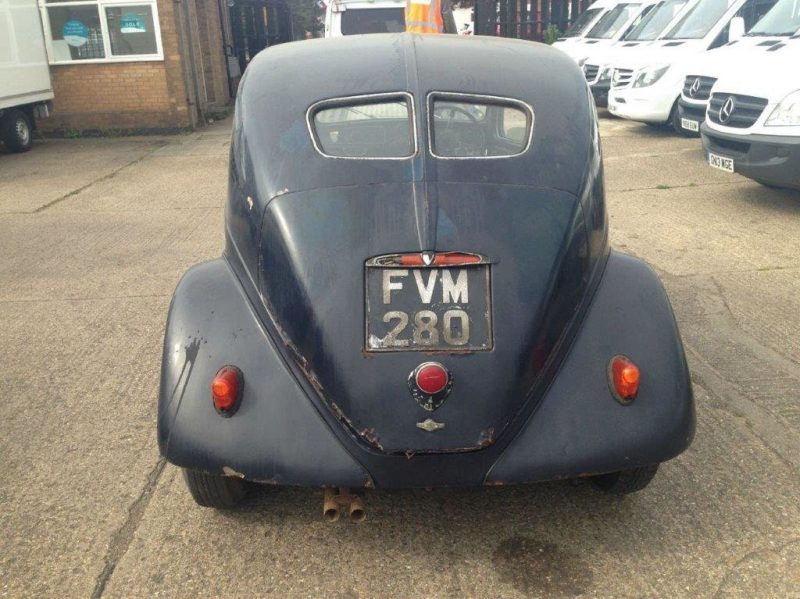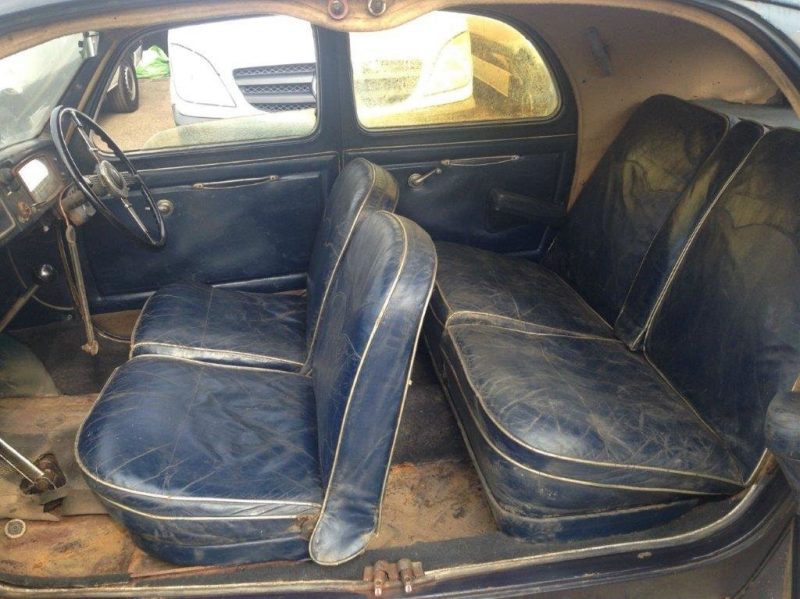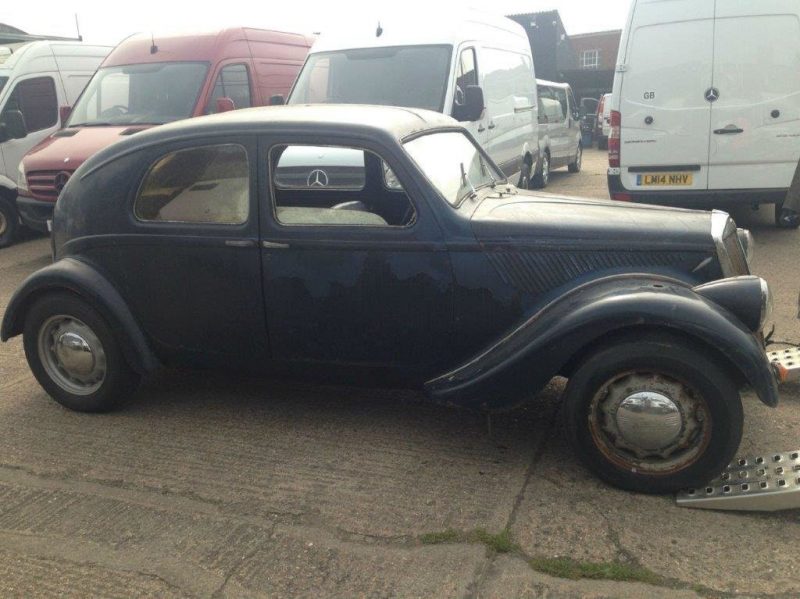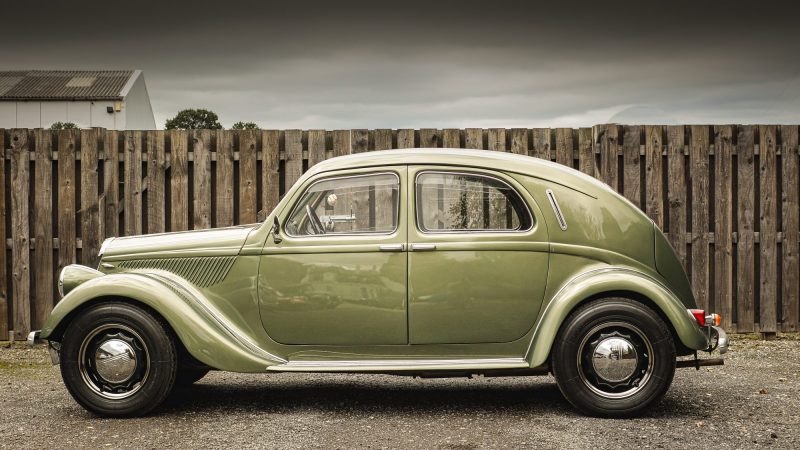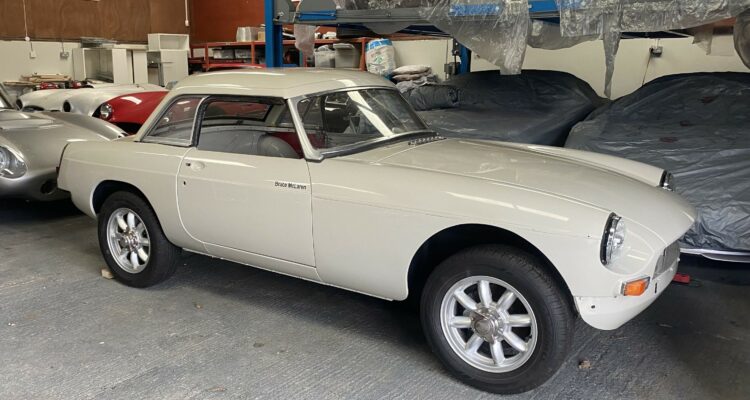1939 Lancia Aprilia Lusso – Project Profile
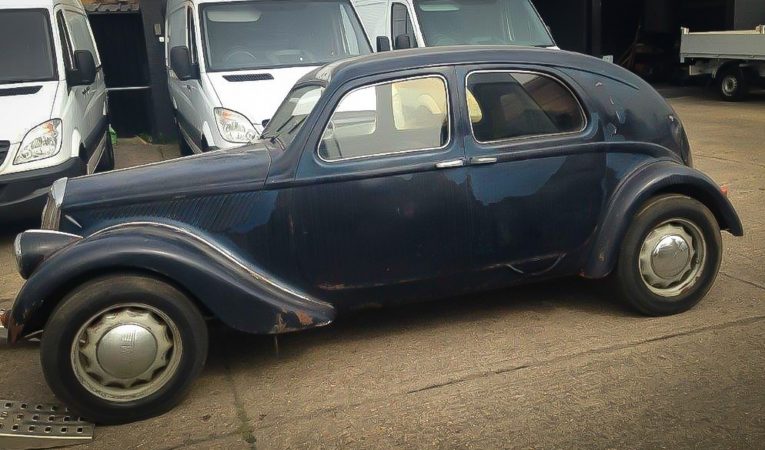
Italian cars don’t speak to the sensible part of our brain. They appeal not to the rational part of our brain, nor the bit of that grey matter that can be objective. Instead, Italian cars speak to the heart, and to the part of our brain that is fed endorphins and all that good stuff when it is allowed to dream. You don’t buy an Italian car because you need a car. You buy an Italian car because an Italian car is what you want.
Cars from Fiat, Alfa Romeo, Ferrari, Maserati and of course, Lancia, have never been made to fit in. Instead, offerings from these manufacturers are built with passion, soul and heart. They are exciting, they are usually a bit impractical or simply downright rubbish at being conventional cars, but that’s fine. They don’t conform to convention. They appeal instead on the basis of excitement and fun. Well, apart from the Alfa Romeo Arna. The less said about that, the better.
It’s perhaps somewhat ironic, that this blatant disregard for building the conventional has in fact been the point of genesis for what would go on to become the norm. Lancia, for example, has been a master of being first with what is now common. The twin-cam engine, electric headlights, independent front suspension and the monocoque were not just all Italian, they were all from Lancia. And that’s why this week’s project of choice is a 1939 Lancia Aprilia.
What is it?
What we have here is a 1939 Lancia Aprilia, and if that sounds familiar it may be because we featured a stunning example back in 2019. This one isn’t quite as beautiful, but it’s all there and looks to be a good basis for a restoration. We’ll get to that later, though.
The Aprilia was introduced due to Lancia’s desire to offer a family car that didn’t conform to the traditional ‘three-box’ design. The Aprilia was introduced in 1936 and it brought with it every bit of Lancia’s forward-thinking personality. It used a monocoque design, which gave passengers more internal space. And to make sure they could get to said space, Lancia made the doors on each side open away from one another, and they didn’t build in a B pillar. Revolutionary stuff.
The body was also clever, in that it was the result of wind tunnel testing. This was a radical approach for the time, but one that yielded spectacular results. The teardrop shape of the Aprilia is still as beguiling today as it was in the ‘30s. It was just a wonderful, characterful little car that captured the heart and the imagination. It was a design classic, and for that alone, this one deserves to be saved.
Why is it a project?
Well, as we can see, it looks a bit sorry for itself. However, don’t be put off, as there is a lot of potential here. For starters, with the exception of the rear decklid, the body looks to be reasonably solid. No scary dents, no gaping holes. It looks to have survived reasonably well. All the glass is there, as are the right wheels and hubcaps, the wing and all the lights. Then, moving to the inside, the cabin looks to be pretty complete and actually saveable. The door cards look okay, the seats too. The dash is tired, but it’s complete. It’s all there, or at least it seems to be. You would need to investigate the floors for rot and poor past repairs, of course.
The biggest problem this Aprilia faces boils down to the engine. When the vendor took delivery of the car, the engine was seized up, and as such, has been removed from the car and dismantled. And that’s about as far as it got. As such, it’s still in bits and whether or not it can be rebuilt or reused remains to be seen. However, parts from Italy are out there, and there are specialists who can help. If you’re not put off by the engine situation, this could be a worthwhile project.
Five things to look for:
1) Rust
It’s an old Lancia, so of course rust is going to be a concern. And you’re not going to be able to buy panels. The rear decklid is going to need specialist work, but what about the doors, the scuttle, the sills etc?
2) Trim
Trim is going to be very hard to find for a car like this, so you need to check what’s there. Can it be used going forward, or if not, can it be used as a template for a new part? If it’s missing, can you overcome it?
3) Engine
Apparently, the engine was locked up when the vendor took the car on. It has since been removed from the car and dismantled. What sort of state is it in, and can it be saved? Parts aren’t too hard to find from Italy, but they might be costly.
4) History
Being a UK car, and a rare one to boot, there has to be some interesting history for this car. If the vendor doesn’t have it, it would be worth looking at contacting owner’s clubs and the like.
5) Floorpan
The Aprilia was an early adopter of the monocoque style of construction. It’s had over eighty years to be damaged, to rot, to be poorly repaired and to fail. You need to get down and have a good, proper look at the underside of this Lancia. Repairs will have to be by a specialist fabricator.
A restored example to whet your whistle…
What should you do with it?
Given the rarity of this car combined with how good it looks in standard guise, the only real option here is to go down the restoration route. It looks to be largely complete, it seems to be free of any major rust or body issues and as we touched on earlier, the hard to find interior is all there, too. Buy it, go the whole hog on it – full strip and rebuild – learn about how this wonderful car is built, and then put it all back together. It’ll be a fun, interesting journey and you’ll have an exceptional car at the end of it. Perfect.

